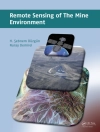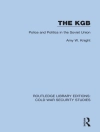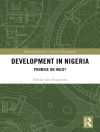Environmental analysis techniques have advanced due to the use of nanotechnologies in improving the detection sensitivity and miniaturization of the devices in analytical procedures. These allow for developments such as increases in analyte concentration, the removal of interfering species and improvements in the detection limits. Bridging a gap in the literature, this book uniquely brings together state-of-the-art research in the applications of novel nanomaterials to each of the classical components of environmental analysis, namely sample preparation and extraction, separation and identification by spectroscopic techniques. Special attention is paid to those approaches that are considered greener and reduce the cost of the analysis process both in terms of chemicals and time consumption.
Advanced undergraduates, graduates and researchers at the forefront of environmental science and engineering will find this book a good source of information. It will also help regulators, decision makers, surveillance agencies and the organizations assessing the impact of pollutants on the environment.
Table of Content
Volume 1: Section I: Introduction – Perspective of Analytical Sciences, Synthesis, Properties, Mechanism of Adsorption on Nanomaterials; Section II: Sample Preparation and Extraction Techniques with Nanomaterials; Section III: Separation Techniques with Nanomaterials (Chromatography and Membranes Applications of Nanomaterials); Section IV:Spectroscopic Techniques with Nanomaterials












